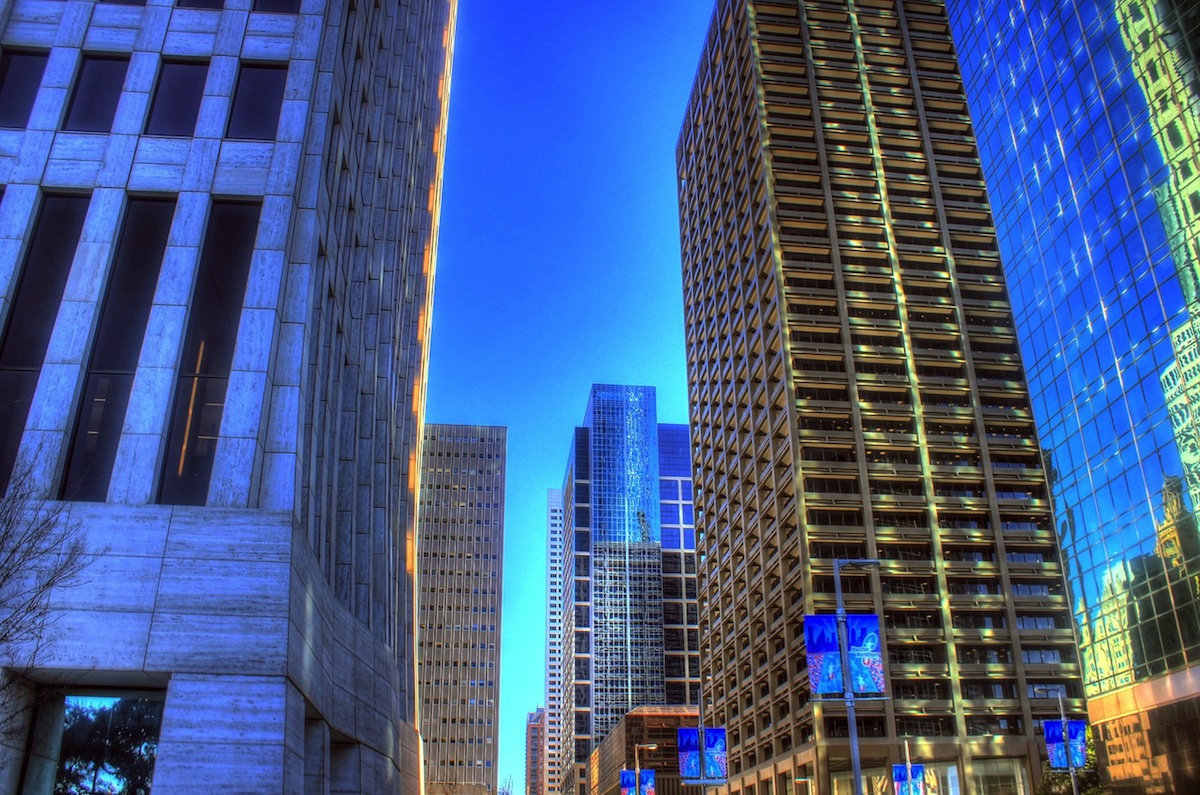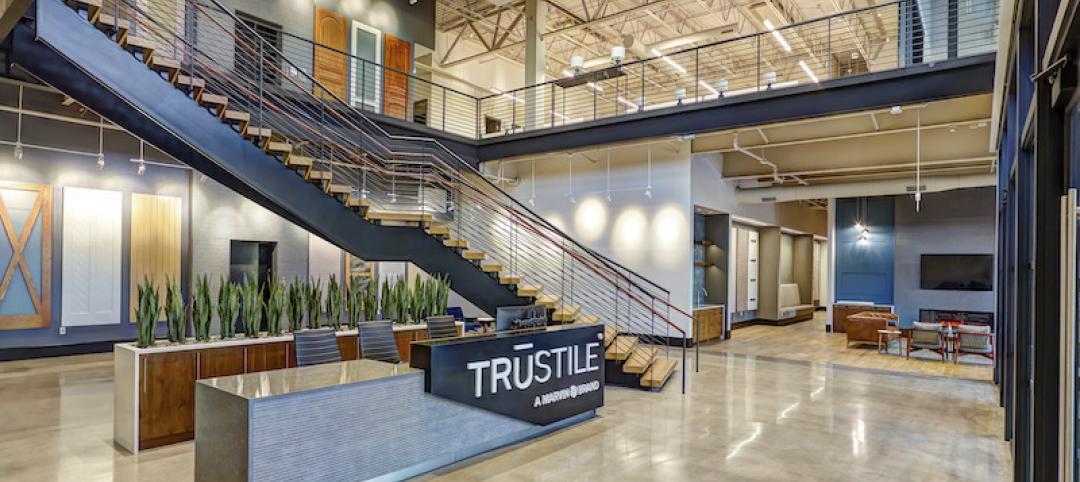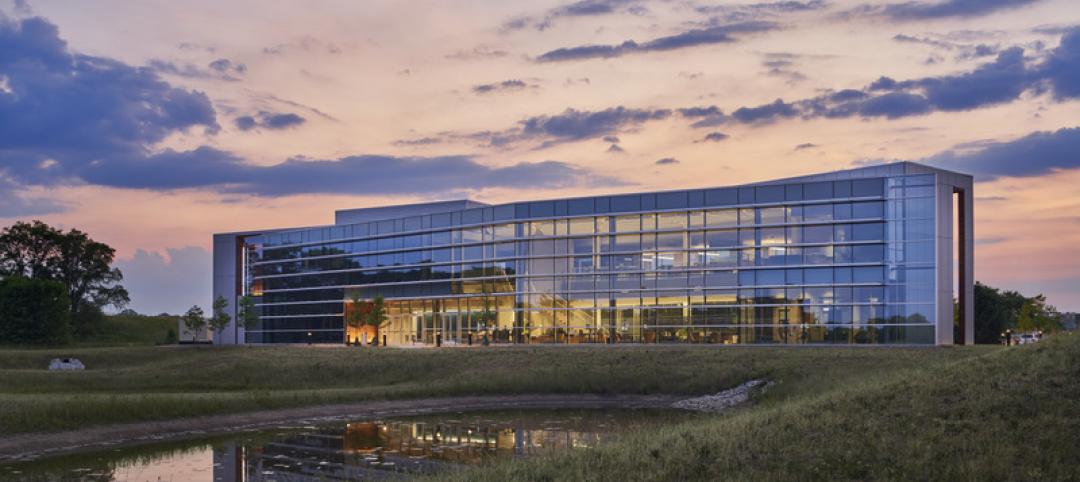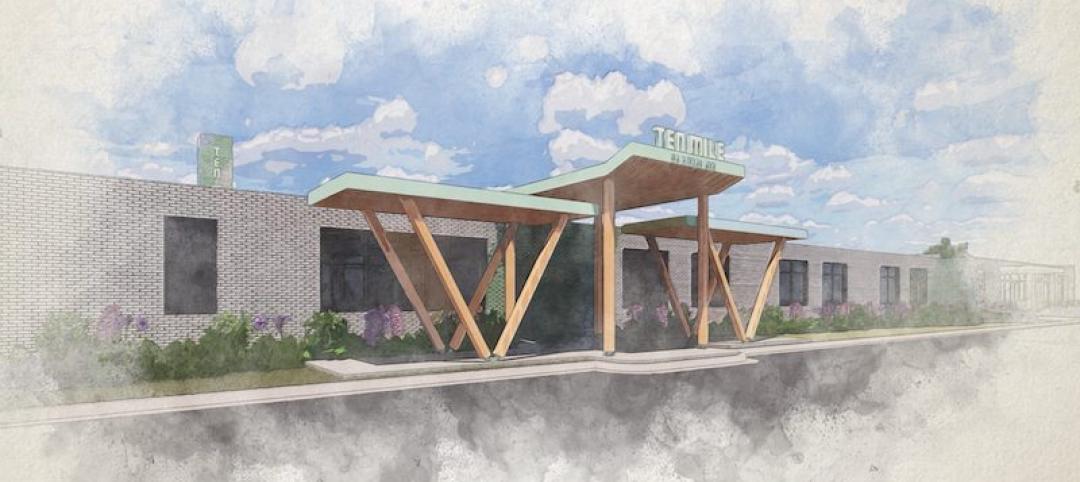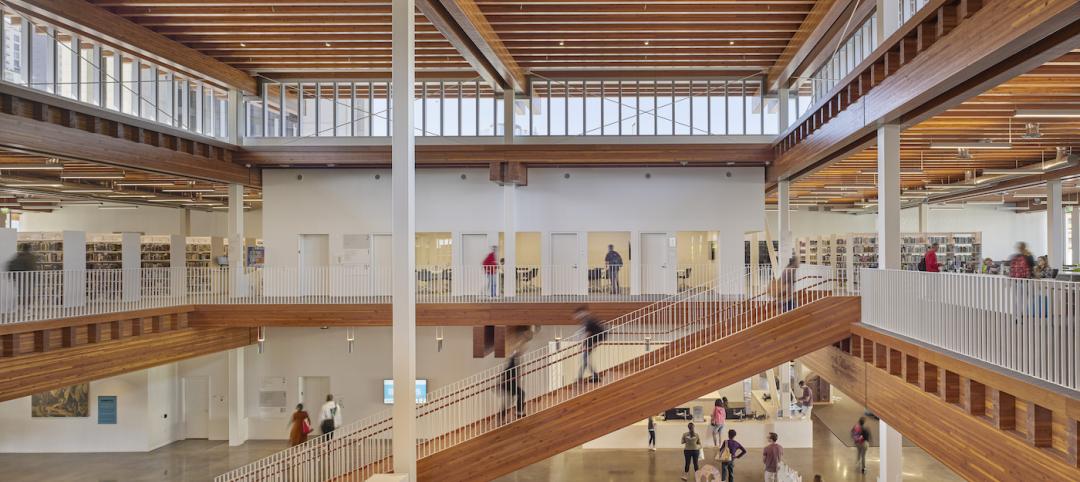Houston continues to be a paradise for AEC firms. The Texas metroplex has more than 14.4 million sf of office construction in the works, making it the No. 1 market in North America for office building, according to Colliers International’s 2015 North America Office Market report.
This report assesses 92 markets in the U.S. and Canada, and analyzes factors and trends that might impact the office construction market’s health. Despite a slow first quarter, Colliers is forecasting growth for this year.
The top 10 markets in North America, in descending order, are Houston, Seattle/Puget Sound, San Jose, Washington D.C., Dallas, Toronto, Calgary, San Francisco, Boston, and Phoenix. Combined, they accounted for 58% of the 113.8 million sf of office space underway in the U.S. and Canada in the first quarter of this year. That percentage is more than double these markets’ 27% share of existing office inventory.
As of the first quarter, office construction in the United States stood at 95.2 million sf, or 1% off from the same period a year earlier. However, deliveries in the first quarter, at 16 million sf, were the highest they’d been since the third quarter of 2009. Colliers says demand for new space “remains voracious” high-tech oriented markets. On the other hand, the greatest oversupply risk is in energy driven markets.
Colliers still sees the U.S. office market as positioned for expansion this year. “Growth in nearly every subsector of the primary office-using employment sectors in Q1 2015 despite numerous headwinds bodes well for office demand going forward,” it predicts. And outside of a handful of markets, oversupply is not a concern.
Among the 10 largest office construction markets:
• Seattle has 8.29 million sf under construction, the vast majority of which is being built in its downtown area, where existing inventory exceeds 56 million sf.
• In San Jose, all of its 8.1 million sf of new office construction is occurring in the suburbs, which already have 68.4 million sf of existing office space available, but where San Jose’s vacancy rate is only 8%.
• Washington D.C. has an 11.7% urban vacancy rate and a 17.5% suburban vacancy rate. Nevertheless, Washington has nearly 4.4.million sf of office space under construction in its suburbs, and another 2.4 million sf being built in its downtown.
• Only 450,000 sf of the 5.8 million sf of offices under construction in Dallas will be downtown. The same dynamic is occurring in Houston, where only 1.4 million sf of its total office construction is downtown.
Related Stories
Office Buildings | Jan 12, 2021
Epic Games purchases North Carolina mall to convert into new HQ
The video game company is currently valued at over $17 billion thanks to Fortnite, its massively popular battle royale game.
Architects | Jan 5, 2021
Ware Malcomb finds itself in the mix for multiple diverse projects
Its latest completion is an office/factory/warehouse combo for one of Marvin Window’s brands.
Giants 400 | Dec 16, 2020
Download a PDF of all 2020 Giants 400 Rankings
This 70-page PDF features AEC firm rankings across 51 building sectors, disciplines, and specialty services.
Giants 400 | Dec 3, 2020
2020 Office Sector Giants: Top architecture, engineering, and construction firms in the U.S. office building sector
Gensler, Jacobs, and STO Building Group head BD+C's rankings of the nation's largest office building sector architecture, engineering, and construction firms, as reported in the 2020 Giants 400 Report.
Government Buildings | Nov 25, 2020
New Indiana Toll Road headquarters creates unified environment for staff
New LEED Gold facility consolidates operations for tollway authority.
Smart Buildings | Nov 20, 2020
The Weekly show: SPIRE smart building rating system, and pickleball court design tips
The November 19 episode of BD+C's The Weekly is available for viewing on demand.
Office Buildings | Nov 17, 2020
Former elementary school becomes modern office space in North Charleston
The Middleton Group is designing the project.
Government Buildings | Nov 13, 2020
Tax shortfalls nip government projects in the bud
Federal contracts are proceeding, but states and cities are delaying, deferring, and looking for private investment.


